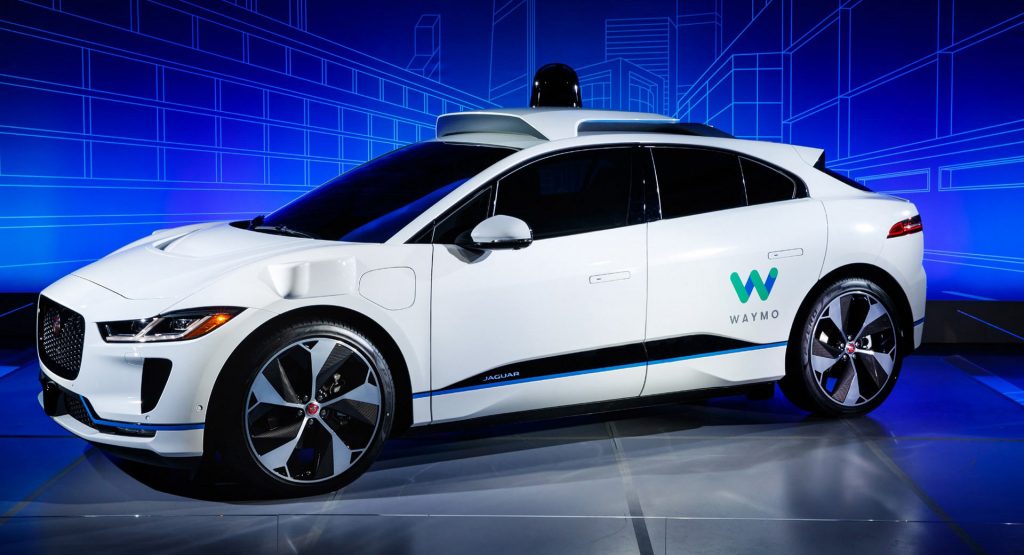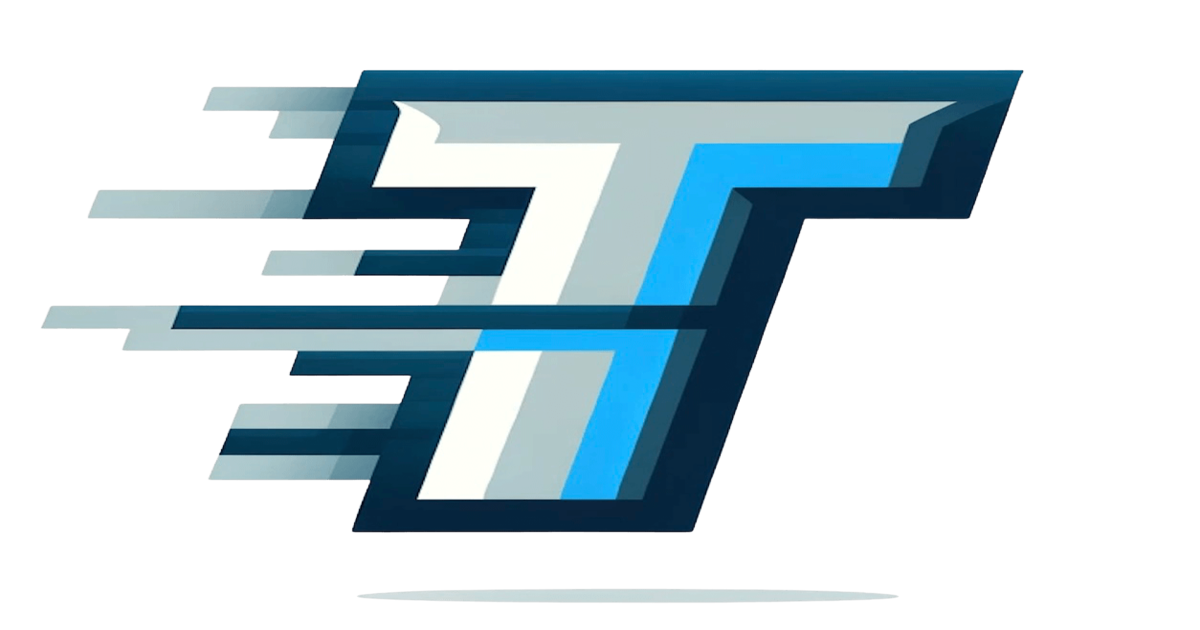Autonomous Driving: The Future of Mobility

Autonomous driving technology is revolutionizing the automotive industry, promising to transform how we navigate our daily lives. Companies like Tesla and Waymo are at the forefront of this innovation, developing systems that aim to make transportation safer, more efficient, and more accessible. This article explores the latest advancements in autonomous driving, focusing on Tesla's Cybercab and Waymo's autonomous solutions, as well as the broader industry developments shaping the future of mobility.
Tesla's Cybercab: A Glimpse into the Future
In October 2024, Tesla unveiled the Cybercab, an ambitious project aimed at introducing a fully autonomous robotaxi to the market. Priced at approximately $30,000, the Cybercab is expected to enter production between 2026 and 2027, making autonomous driving more accessible to the general public.
- Design and Features: The Cybercab is a two-seater vehicle featuring butterfly wing doors, no steering wheel, and no pedals, emphasizing its autonomous capabilities. The vehicle boasts a gold finish in prototypes and lacks a rear window, giving it a futuristic appearance.
- Technology: Equipped with Tesla’s AI5 onboard computer, the Cybercab relies solely on cameras for navigation, similar to Tesla’s existing vehicles. It incorporates matrix headlights embedded into a front light bar, akin to the Tesla Cybertruck.
- Charging: The Cybercab will be the first Tesla vehicle to feature wireless induction charging as standard, enabling the vehicle to charge itself without manual intervention.
- Operational Cost: Elon Musk estimated the cost of operation at $0.20 per mile, aiming for cost efficiency in a potential ridesharing fleet.
Despite the excitement surrounding the Cybercab, skepticism remains regarding Tesla's ability to deliver fully autonomous vehicles without traditional controls. Elon Musk has acknowledged the possibility of delays, with production potentially shifting to 2027.
Waymo: Pioneering Fully Autonomous Systems
Waymo, formerly Google's self-driving project, continues to lead the charge in developing fully autonomous systems. The company's Waymo Driver platform utilizes lidar, radar, and cameras to navigate diverse environments, offering reliable and safe autonomous transportation.
- Operational Deployment: Waymo operates driverless robotaxi services in multiple cities, including Phoenix, San Francisco, Los Angeles, Austin, and Miami. Each location offers unique challenges, from dense urban settings to expansive suburban areas.
- Recent Innovations: In 2024, Waymo introduced a sixth-generation robotaxi in partnership with Zeekr, focusing on cost efficiency and all-weather functionality, further enhancing the reliability of autonomous services.
Comprehensive Report on Self-Driving Cars: Tesla, Waymo, and Industry Developments
Introduction
The automotive industry is undergoing a revolutionary transformation with the advent of self-driving cars. Companies like Tesla and Waymo are at the forefront, pioneering innovations that promise to redefine transportation. This report delves into Tesla's Autopilot and Cybercab, Waymo's autonomous solutions, and the broader landscape of self-driving cars.
Tesla's Contribution to Self-Driving Technology
Tesla Cybercab
In October 2024, Tesla unveiled the Cybercab, a two-passenger electric vehicle designed as a fully autonomous robotaxi. The Cybercab lacks traditional controls like a steering wheel and pedals, relying entirely on Tesla's advanced Full Self-Driving (FSD) software. The vehicle is expected to enter production between 2026 and 2027, with a target price below $30,000, making it accessible to a wide audience.
- Autonomous Operation: FSD enables complete self-driving capabilities, including traffic and urban navigation.
- Wireless Charging: Simplifies operations for fleet management.
- Compact Design: Seats two passengers with a hatchback for cargo.
Tesla Autopilot
Tesla's Autopilot is a suite of driver-assistance technologies designed to enhance safety and convenience. Offered in three tiers—Autopilot, Enhanced Autopilot (EAP), and Full Self-Driving (FSD)—the system blends hardware and software for semi-autonomous capabilities.
- Autopilot:
- Traffic-Aware Cruise Control (TACC)
- Autosteer for lane-keeping
- Enhanced Autopilot (EAP):
- Navigate on Autopilot
- Auto Lane Change and Autopark
- Summon for tight parking spaces
- Full Self-Driving (FSD):
- Includes all EAP features.
- Traffic light and stop sign control.
- Autosteer on city streets.
Recent Updates:
In December 2024, Tesla released FSD version 13, enhancing decision-making and navigation capabilities. While Tesla targets fully autonomous operation by 2025, the system remains at Level 2 autonomy, requiring driver supervision.
Waymo: A Leader in Fully Autonomous Systems
Waymo Driver Technology
Waymo, formerly Google's self-driving project, has developed a sophisticated platform called the Waymo Driver. Utilizing lidar, radar, and cameras, the system enables fully autonomous operation across diverse environments.
Operational Deployment
Waymo operates fully driverless robotaxi services in multiple cities:
- Phoenix, Arizona: The largest service area, covering 180 square miles.
- San Francisco, California: Offers autonomous rides in urban settings.
- Los Angeles, California: Expanded to a 24/7 service from Santa Monica Pier to Downtown LA in November 2024.
- Austin, Texas and Miami, Florida: Set to launch services by 2025 and 2026, respectively.
Recent Innovations:
In 2024, Waymo introduced a sixth-generation robotaxi in partnership with Zeekr, designed for cost efficiency and all-weather functionality.
Broader Developments in Self-Driving Technology
Market and Industry Trends
- Robotaxis: Companies like Cruise and Motional are also expanding their autonomous ride-hailing services.
- Legislation: Regulatory approval for fully autonomous vehicles remains a key challenge.
- Public Perception: Safety concerns and reliability issues affect adoption rates.
Other Key Players
- Cruise (General Motors): Offers driverless services in San Francisco and Phoenix.
- Aurora Innovation: Focuses on autonomous freight transport.
- Motional (Hyundai-Aptiv Joint Venture): Operates robotaxi services in Las Vegas with plans for broader deployment.
Safety and Challenges
Despite advancements, self-driving technology is still classified between Levels 2 and 4 of autonomy. Fully autonomous (Level 5) vehicles face hurdles such as:
- Adapting to unpredictable environments.
- Legal and ethical considerations.
- Public trust and education on self-driving systems.
Conclusion
Self-driving cars represent a significant leap in transportation technology. Tesla and Waymo are pioneering paths toward fully autonomous systems, each with unique approaches. While Tesla leverages its mass-market appeal and innovative features like FSD, Waymo focuses on creating dependable robotaxi services. As the technology matures and regulatory frameworks evolve, self-driving cars are poised to transform mobility, reduce accidents, and improve urban efficiency. However, widespread adoption will require continued innovation, public trust, and global cooperation.
For more insights into the latest trends in the automotive industry, visit Torque Trend and stay updated with our comprehensive guides and expert reviews.
Frequently Asked Questions
What is Tesla's Cybercab?
Tesla's Cybercab is a fully autonomous robotaxi unveiled in October 2024. Priced below $30,000, it is designed as a two-seater electric vehicle with no steering wheel or pedals, emphasizing its self-driving capabilities.
When will the Cybercab be available?
The Cybercab is expected to enter production between 2026 and 2027. However, Elon Musk has acknowledged that these timelines are subject to change.
How does Waymo's autonomous system differ from Tesla's?
Waymo's autonomous system, known as the Waymo Driver, utilizes lidar, radar, and cameras to achieve fully autonomous operation. In contrast, Tesla's Cybercab relies solely on cameras and Tesla's AI5 onboard computer for navigation.
What are the main challenges facing autonomous vehicles?
Key challenges include adapting to unpredictable environments, obtaining regulatory approvals, ensuring legal and ethical standards, and building public trust in self-driving technologies.
Can consumers purchase the Cybercab for personal use?
Yes, Elon Musk mentioned that consumers will be able to buy the Cybercab, not just for Tesla's autonomous ridesharing fleet, Tesla Network.
Explore More on Torque Trend
Torque Trend is your trusted source for expert automotive insights, industry news, and in-depth reviews. Stay tuned for more comprehensive guides on the latest technologies shaping the future of driving.
